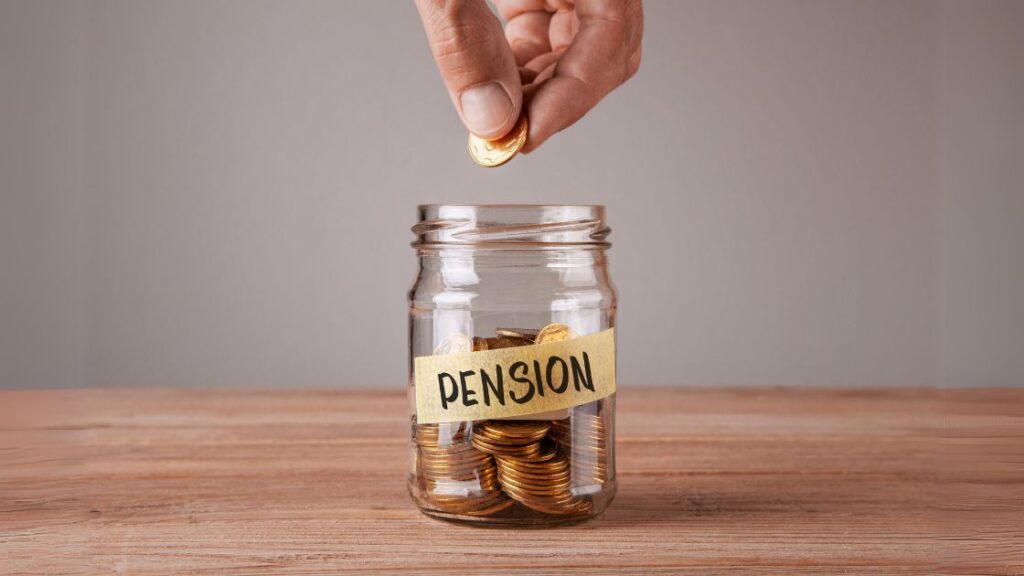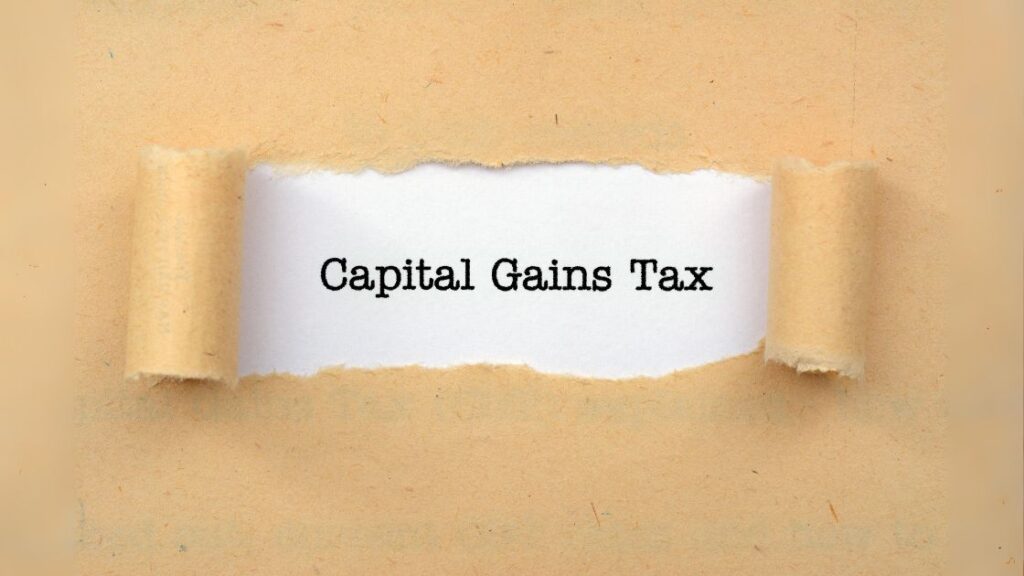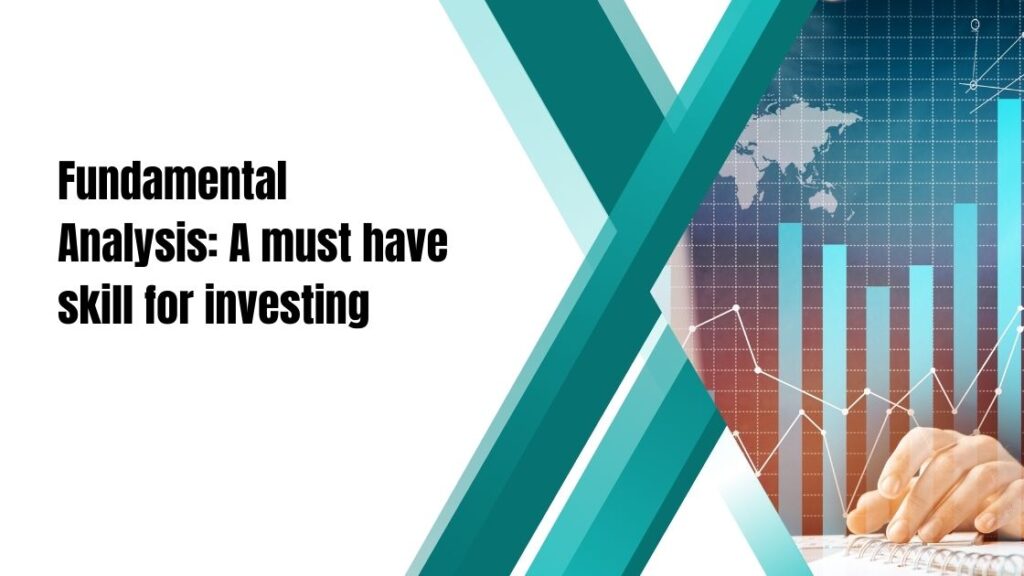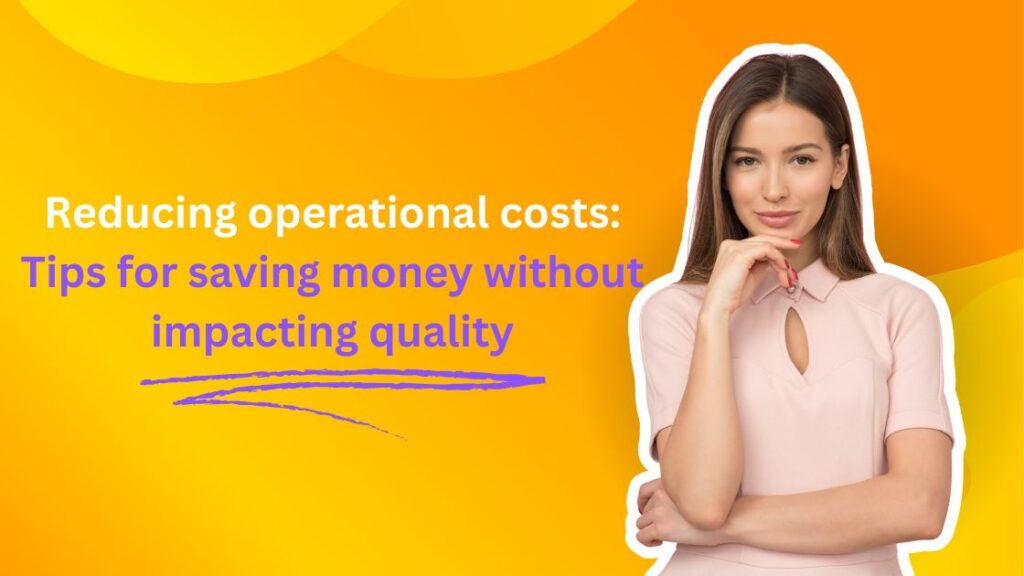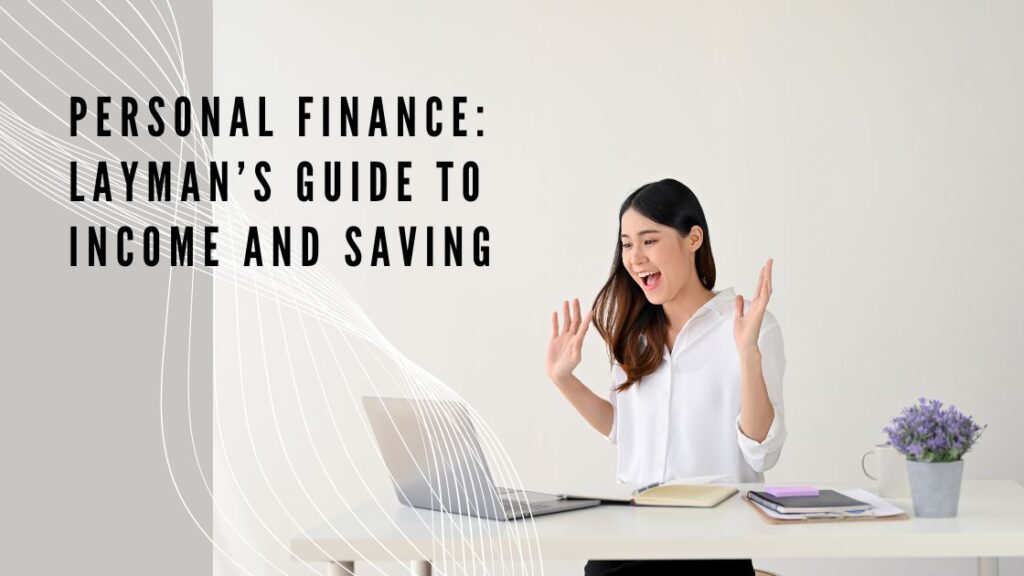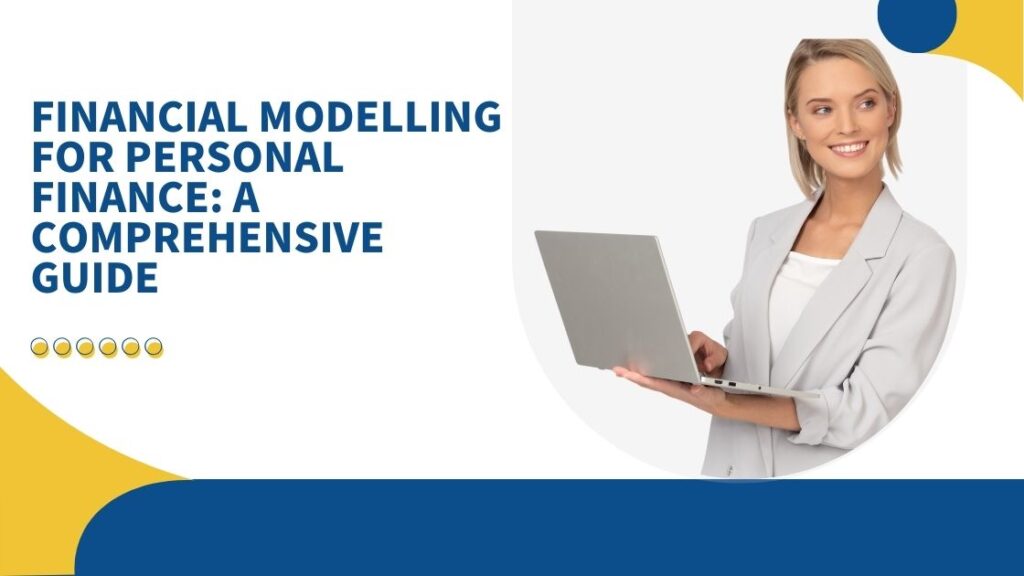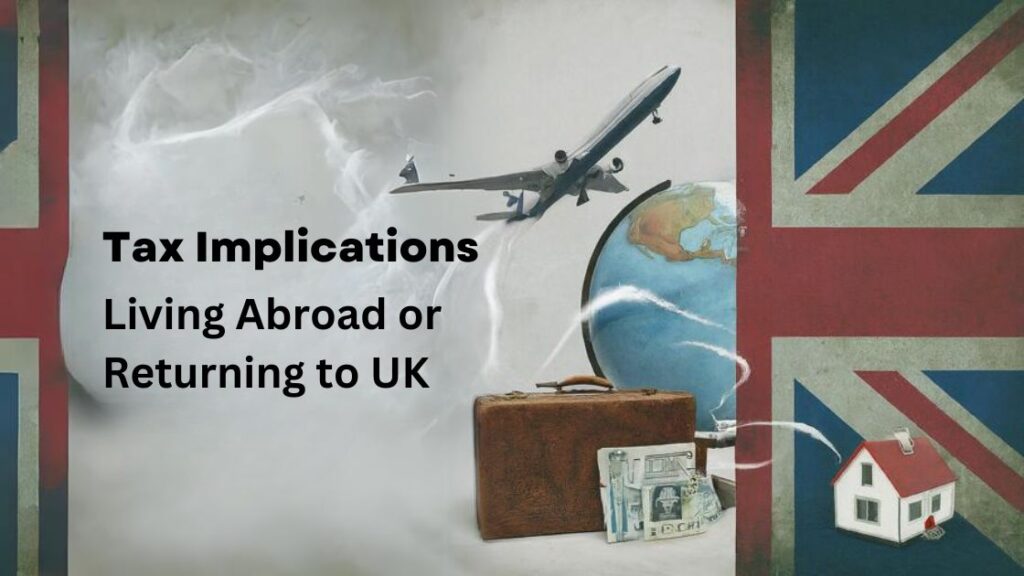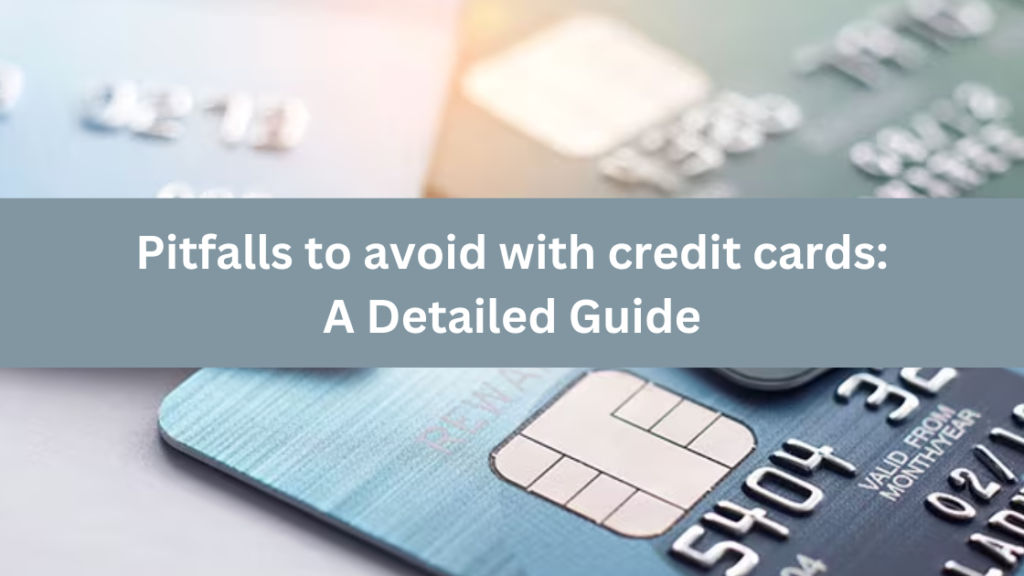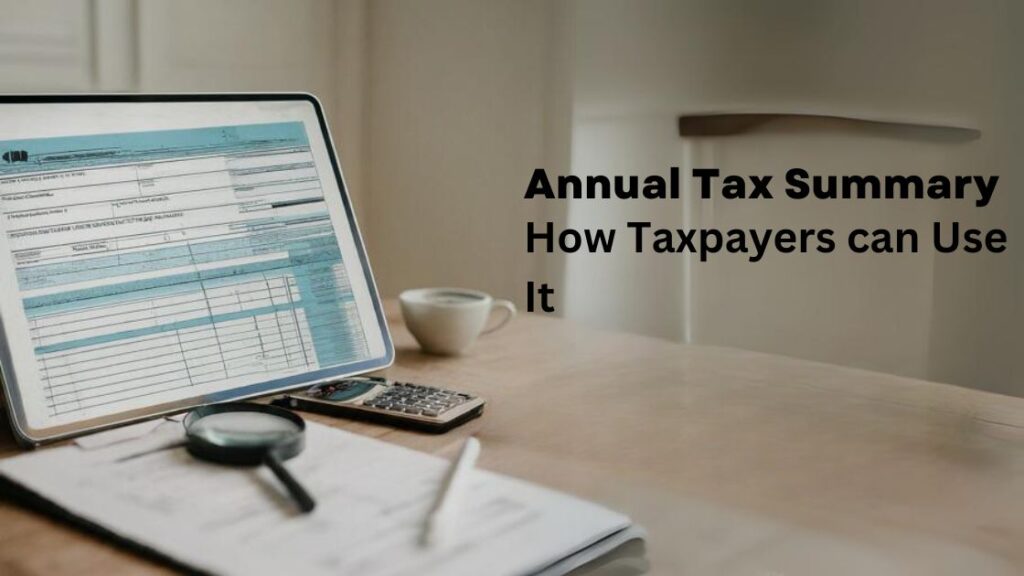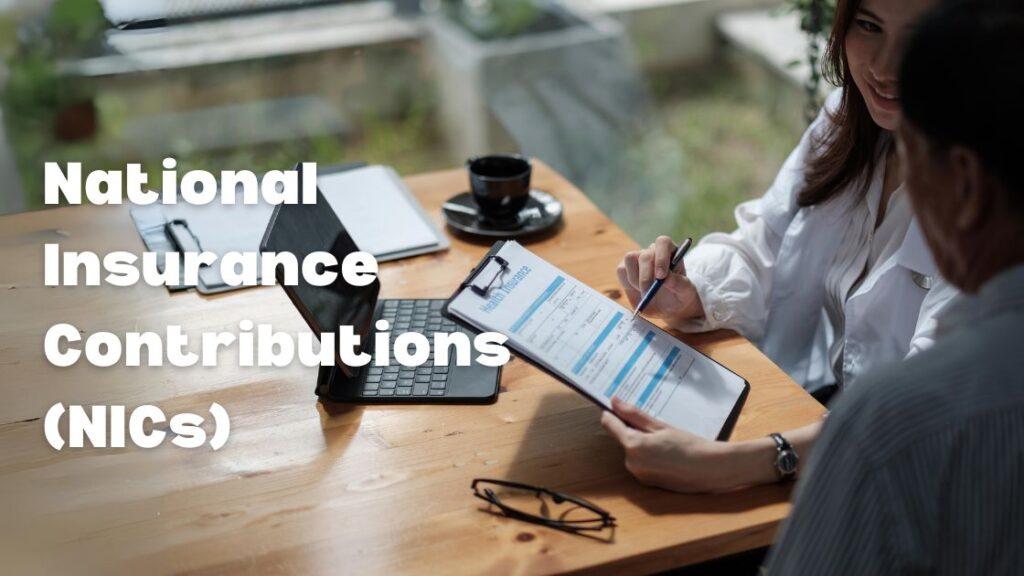Pension is a long-term investment, usually having the financial security during retirement phase. Individuals contribute to Pension fund throughout their working life using different means like personal contributions, employer contributions and government contributions. The various means to save money for the retirement are by contributing a portion of your salary in one or more of the below options.
- Workplace Contribution: Under Employer Pension Scheme, both employer and employee contribute towards pension.
- Personal Contribution: Individual set-up an amount of contribution to pension for retirement with the help of pension provider or a financial institution.
- State Pension: Government contributes to state pension based on an individual’s National Insurance contributions.
- Invest in assets like stocks, bonds, and property, so that the invested amount grows over time through investment return.
You will be able to utilise the invested savings at the time of retirement. Pension savings can be availed using annuities, flexi-access drawdown, lump-sum withdrawals, or state pensions.
- Annuities: You can purchase annuities using your pension savings and guarantee yourself a regular income throughout life or up to certain period.
- Flexi-access drawdown: You can use the pension money as and when needed, abiding to tax rules and regulations.
- Lump-sum Withdrawals: Once you reach the retirement age, you can take-out a lump-sum amount of the pension savings, usually 25%.
- State Pension: Once you reach the retirement age, a regular payment is provided by the government to you based on the contribution made in the National Insurance.
Lifetime Allowance:
Lifetime Allowance is the tax-free limit set by the government to the total amount of pension saved by an individual throughout their working life. This includes total of money saved from all types of pensions (defined contribution pension) like workplace pensions, personal pensions, and self-invested personal pensions (SIPPs). The standard Lifetime allowance is £1,073,100.
You may have to face tax charges on amount exceeding lifetime allowance, in the event of taking pension benefits, reaching age 75, or transferring pension benefits overseas. The tax rate depends how much you have taken from the pension savings. There’s no lifetime allowance charge (only income tax) if you took the pension on or after 6 Apr 2023. However, if you took your pension saving before 6 Apr 2023, then the tax rate depends on the method you choose to avail your pension amount.
- If your pension provider has paid over the allowed lumpsum amount of £30,000, then 55% tax is paid on excess amount.
- If the excess amount is taken as income, it is subject to a Lifetime Allowance charge of 25% in addition to income tax.
- You may also apply for protection schemes offered by HM Revenue & Customs (HMRC), such as Fixed Protection or Individual Protection. These schemes allow you to protect pension savings from Lifetime Allowance tax charges up to certain limits.
Smart Way to access the Pension Amount
At retirement, you can access the pension tax-free by using one of the listed options.
- Lump-Sum tax free Amount: This is a standard feature available to all pension savers. 25% of the lump-sum pension is tax-free and the remaining 75% is subject to income tax when withdrawn as income. The maximum tax-free allowance is 25% of Lifetime Allowance (£1,073,100). If you hold lifetime allowance protection, then this may increase the amount of tax-free lump sum you can take from your pensions.
Considering both scenarios:
- Let’s suppose the total pension saved is £80,000.
Tax-free lump-sum amount is= 25% of £80,000
= £20,000
Taxed Amount is = £60,000
- Let’s suppose the total pension saved is £ 1,500,000.
Tax-free lump-sum amount is= 25% of £1,073,100
= £268,275
Taxed Amount is = £1,231,725
- Small Pot Withdrawals: This is available to individuals whose total pension is worth of £10,000 or less with called smaller pension pots. The small pot limit is set by HMRC, and it is £10,000 for the tax-year 2024-25. To qualify for the small pot withdrawal,
- you must be of age 55 or more,
- Not taken more than three small pots from different personal pensions, and
- You must meet the residency requirement.
Eligible individuals can take-out the complete lump-sum amount in one go as tax free.
- Trivial Commutation lump sum: If total value of all your pension savings across all pension schemes (Defined Contribution Pension) is £30,000 or less, then you can use this lump sum benefit. It’s a one-time option, can be availed once in lifetime.
- You may be able to take all the pension money tax-free if your life expectancy is less than a year, and you are not older than 75 years, and your pension savings is not more than the lifetime allowance.
P60 Form shows how much tax you have paid. You will get this form from the Pension provider.
How does National Insurance works on Pension?
You pay different NIC based on the status of your employment at the time you reach the State Pension age.
| Employment Status | State pension Age Reached? | Pays National Insurance? | What kind of National Insurance? |
| Self-employed | Yes | Yes | NIC Class 4, it stops at the end of tax year you have reached State Pension age. |
| Employed | No | Yes | NIC Class 1 |
| Self-employed | No | Yes |
|
| Employed | Yes | No | You do not pay NIC. |
Private Pension Contribution
A private pension is a personal pension arranged by individuals themselves. They can choose how much to contribute, where to invest their contributions, and how and when to access their pension benefits in retirement.
Tax on private pension:
You can get 100% tax relief worth up to your annual earnings. You can get tax relief either automatically or you need to claim it yourself.
Tax relief happens automatically in either of two cases:
- If your employer takes workplace pension contribution before deducting income tax, or
- Your pension provider claims tax relief at 20% rate (relief at source) to the government and adds it to your pension pot.
When do you need to claim tax relief:
If you pay more than 20% tax and your pension provider claims the first 20% for you, or your pension is not set for automatic relief, or someone else pays for your pension.
For income where you pay 40% tax, you can claim extra 20% tax relief on the pension money and for 45% tax, you can claim 25% tax relief.
Example:
You net annual salary is £70,000 and
your pension contribution is £25,000.
You pay 40% tax on £20,000 of the income, so you can claim additional 20% tax relief on this £20,000 pension contribution during self-assessment filing.
However, You cannot claim for the remaining £5,000 pension contribution, that will be paid as it is.
In case, you do not pay tax because you are on a low income or your pension provider claims 20% tax relief, then also you will get 20% tax relief on the first £2,880 to the pension contribution.
You cannot claim tax relief if you use pension contribution to pay for Life Insurance Policies.
Pension Annual Allowance:
This scheme helps to save tax on the pension pot in a tax year, and it is £60,000. You will pay tax if your annual pension pot saving goes above this value. If you use all the annual allowance allowed in a year, you could still use the remaining annual allowance of the last three years.
Who has lower annual allowance?
- Someone who uses their pension contribution as flexi-access drawdown fund, or
- Someone who cash out from the pension pot, or
- Someone with high income, like threshold income is over £200,000 and adjusted income is over £260,000.
Tax on the Pension you inherit when someone dies:
When someone dies, the pension money is usually inherited by the nominated individual, or sometimes if the nominated person is dead or not found, the pension provider can pay the money to someone else. The money from defined benefit pot is inherited to dependents, spouse, civil partner, or children under 23 years. The individual who has inherited the pension pot, can nominate someone to utilise the unused money after they die, provided the defined pot is flexi-access drawdown fund when the individual die.
Tax on inherited pension is dependent on type of payment you get, type of pension pot, and age of pension pot when they died.
You will pay tax if on the inherited pension if:
- Pension provider has paid you for more than 2 years after the person died. You will pay income tax on the additional paid amount.
- The pension saving is above the lifetime allowance £1,073,100. You will pay income tax on excess amount.

